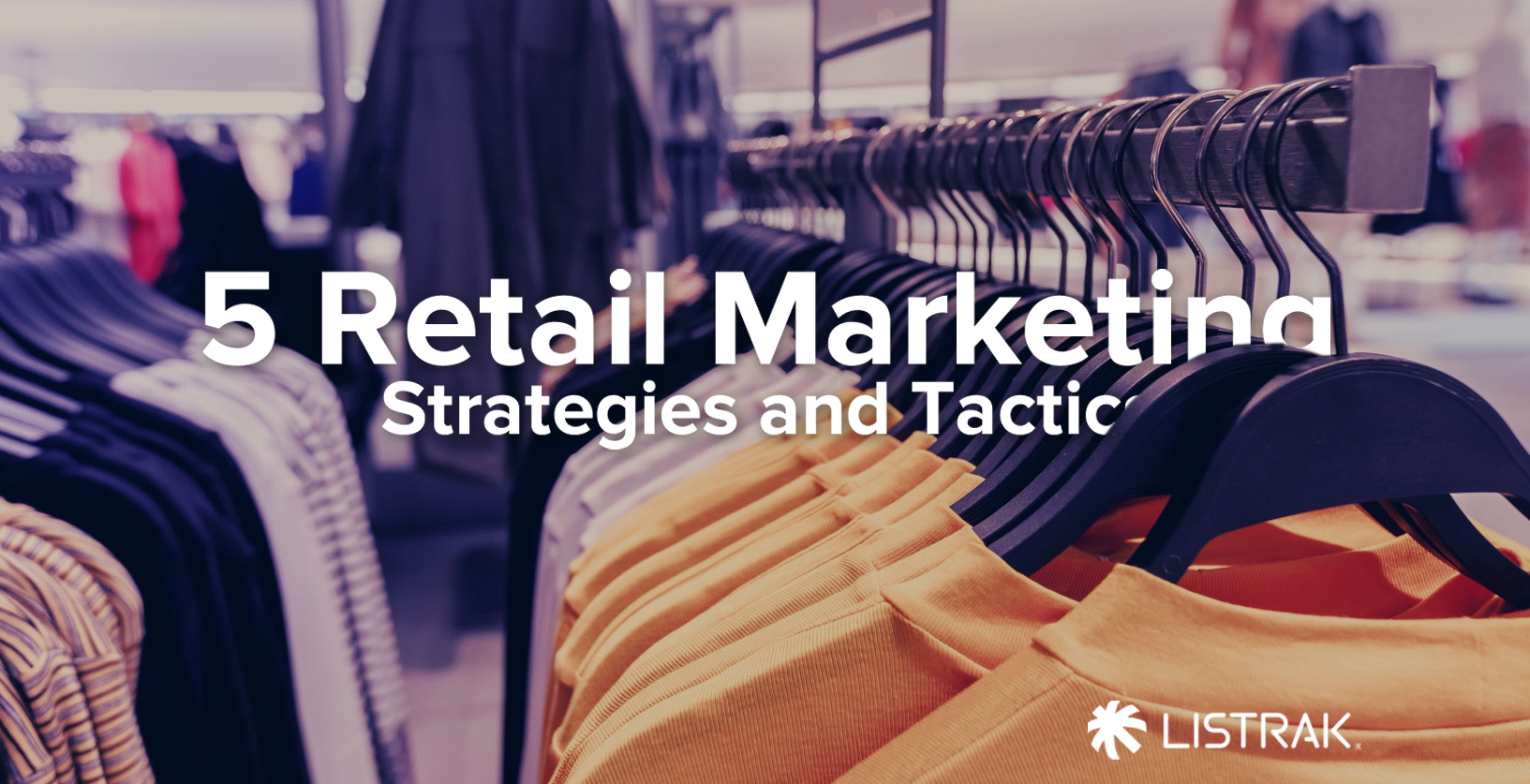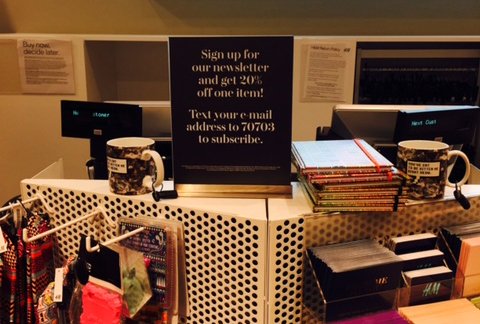
In recent years, personalization has really taken off as the technology allowing deep lifestyle segmentation and personal recommendations based on both purchase history and behavior can automate many of these communications. In fact, 54% of all consumers would consider no longer shopping with a retailer that didn’t provide personalized and relevant information. But what should retail marketers expect in years to come?


Content Personalization and User Generated Content
Content marketing helps retailers to find new ways to keep customers engaged and enhance their shopping experiences. 81% of all shoppers do online research before visiting a store and shoppers are looking for information at every stage of the journey – before, during and even after the purchase. More importantly, 80% of shoppers prefer to get their product information from articles than ads.

Shoppers are looking for content that will help them make their purchase decisions, such as ratings and reviews. And they are looking for information to help them make the most of their purchases – such as product care tips.
Retailers have to be creative in order to keep customers engaged. For example, if a customer buys a scarf, the retailer should send an email with a link to a video or blog post offering 15 interesting ways to wear the scarf. This type of personal content should be used in every communication.
Even better, retailers should make their customers the star by promoting user-generated content, not only in the form of ratings and reviews but by using real customer photos in promotional pieces, by asking customers to provide feedback on products and using that in product descriptions and requesting customer information for use in product videos or tutorials.


Interactive Marketing: The New In-Store Experience
As retailers add more and more technology to their stores, bringing the phigital experience to life, they have even more ways to interact with customers and capture data. Magic Mirrors, client Teling, touchscreens, Occulus Rift, and interactive displays in stores allow shoppers to interact with brands and products in fun new ways while enhancing the shopping experience by aiding in product discovery and reducing time and barriers to checkout.

Mobile enables a lot of these interactions. Beacons send push messages to customers while they’re in-store , offering coupons or product information. Mobile shopping apps allow customers to check inventory or receive additional product details immediately. Social sites, like Snapchat, Instagram and Twitter, let customers interact with brands and other customers, sharing information, pictures, and videos. This level of interaction leads to loyal customers and brand ambassadors.


Cross-Channel Marketing from In-Store to Mobile and Beyond
Customers already expect a seamless shopping experience as they move from store to site to mobile devices, but many retailers are still struggling to provide this. Data silos are a thing of the past as omnichannel data hubs, such as Listrak’s, make it easy for retailers to store and use the data from everyone channel in one central location.
In many cases, the shopper’s email address is the universal identifier as it is used online, in mobile shopping apps, and in-store during the checkout process. It also makes it possible for retailers to identify customers across devices.

For example, if a customer is logged into a retailer’s site on their laptop at work and adds items to her cart and then later, at home, she visits the site on her iPad and completes the purchase, the retailer now knows those two devices are the same account.
To take it a step further, if the same customer opens the order confirmation email on her mobile device, all three devices can be tied to the same account. This makes it possible for retailers to serve up personalized content to that customer no matter where or how she shops.


Email Still Reigns
Email has been the top-performing marketing channel for the past decade, returning $38 per $1 spent. And it will remain in the top spot as long as retailers keep up with the trends.

As mentioned earlier, personalization is key. Even broadcast emails can and should be personalized based on past purchases and online behavior. Automation will play an even bigger role as triggered messages are used to nurture customers through the buying journey while extending their lifecycles. And the amount of customer data will lead to true 1:1 marketing through deep segmentation and targeting.


The Landscape of Stores will Change
Department stores haven't changed much in the past 100 years. See for yourself. This was taken at the Joseph Horne Co. department store in Pittsburgh in early 1920:

Until now. Many retailers are now designing stores to fit into communities, using local materials, artists and craftsmen to build stores that reflect the area they are in instead of creating cookie-cutter stores that are exactly the same in every location throughout the country.
And many stores include space for community activities, such as yoga classes, poetry slams, music studios or gyms. Others simply design events to enhance the shopping experience, such as a whiskey tasting or an onsite expert who will teach customers how to iron a shirt or correctly fold clothes while packing a suitcase. Some retailers offer customers memberships to participate in the events while others are open to the public. These events drive traffic to the store and keep customers coming back.

The Future of Retail is Now
Are you ready for the future? Mobile will become even more influential and social marketing will find its stride. Customers will shop and interact with retailers in fun and engaging new ways. User-generated content will become something that both retailers and shoppers rely on. But the basics - great content and personalized email messages that are targeted to each customer - will remain at the center of your digital marketing strategy.
It’s an exciting time to be a retailer! With eCommerce retailers opening stores, stores becoming more digital and the Internet of Things moving from concept to reality, the path to purchase has drastically changed. Customers have more options but fewer choices – they no longer have to decide where or how to shop – they simply shop at their convenience.











